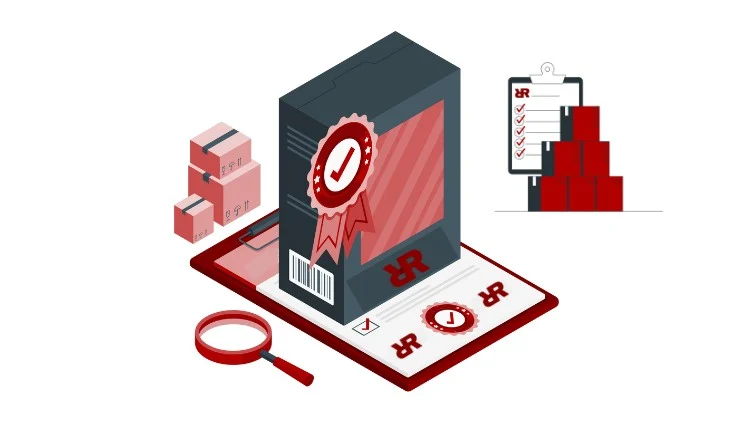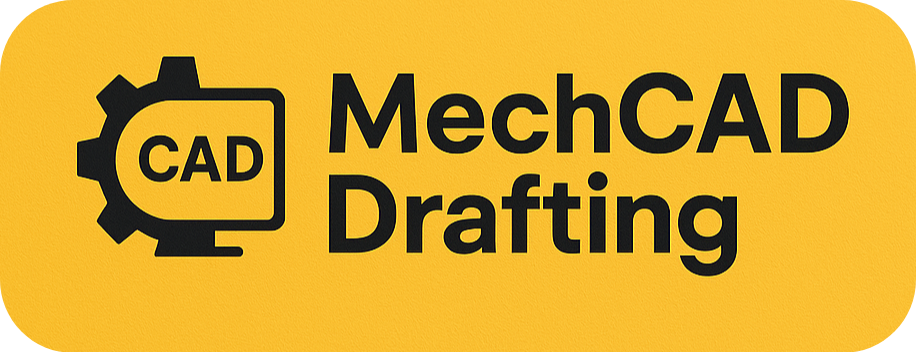Mastering Product Design and Development: From Idea to Launch

Every great product begins with a single idea. But an idea is just the beginning. The real challenge lies in shaping that idea into a successful product that meets user needs, performs well, and stands out in the market. Mastering product design and development is essential for turning vision into reality. Whether you’re a startup founder, an entrepreneur, or a corporate innovator, understanding how to move from concept to launch is crucial to success.
In this guide, we’ll walk you through each stage of the product journey — from idea to launch — providing practical insights, actionable strategies, and expert tips to help you succeed.
Chapter 1: Understanding Product Design and Development
Before we dive into the process, let’s understand what mastering product design and development really means.
Product design is the process of creating a new product to be sold to customers. This includes identifying user needs, generating concepts, and refining the product’s appearance, usability, and functionality.
Product development is the broader process that takes the product from idea to market. It includes design, engineering, testing, and launch.
Together, they form a seamless path from problem identification to market-ready solution. Mastering product design and development means being able to navigate this entire path with clarity, creativity, and precision.
Chapter 2: Laying the Foundation — Ideation and Research
1. Start With a Problem
Every product should solve a real problem. Start by identifying pain points in a specific niche or industry. Talk to potential users, conduct surveys, and analyze trends. Good ideas come from listening to real frustrations.
2. Conduct Market Research
Look at what’s already available. Analyze competitors, identify gaps, and understand your target audience’s preferences. A solid grasp of the landscape helps in mastering product design and development early on.
3. Define Your Unique Value Proposition
What makes your product different or better? It could be price, quality, features, or user experience. Your unique value proposition will guide your design and marketing strategy.
Chapter 3: Designing the Product
1. Sketch and Wireframe
Begin with rough sketches and low-fidelity wireframes. These early visuals help you explore ideas quickly and share them with team members for feedback.
2. Build a Prototype
A prototype brings your concept to life. Depending on your product, this could be a physical model, a digital mock-up, or a functioning version with limited features.
This stage is where mastering product design and development becomes hands-on. You’ll need to consider materials, aesthetics, and functionality while staying aligned with your budget.
3. Focus on User Experience (UX)
Design with the end-user in mind. How will they interact with your product? Is it intuitive and enjoyable? User-centric design is a pillar of successful development.
Chapter 4: Validating the Concept
1. Gather Feedback
Test your prototype with real users. Observe how they interact with it and gather honest feedback. Look for patterns — what they like, dislike, and struggle with.
2. Iterate Based on Feedback
Use this feedback to refine your design. This cycle of testing and improvement is key to mastering product design and development. Avoid falling in love with your first version — always be ready to tweak.
3. Conduct Feasibility Testing
Consider technical, financial, and operational feasibility. Can you actually produce the product at scale? Can you maintain quality? Do you have the resources?
Chapter 5: Planning the Development Phase
1. Set Clear Requirements
Create detailed specifications. This includes dimensions, materials, technologies, components, timelines, and budget. A clear product requirement document (PRD) reduces confusion and delays.
2. Build a Cross-Functional Team
You’ll need designers, engineers, marketers, and project managers. Each person plays a vital role in mastering product design and development. Communication between teams is critical for smooth progress.
3. Choose the Right Development Methodology
Agile, waterfall, or hybrid? Choose a method that fits your product and team structure. Agile is great for iterative development, while waterfall might be better for hardware products with fewer iterations.
Chapter 6: Developing the Product
1. Engineering and Development
This is where the product comes to life. Developers and engineers turn prototypes into fully functioning versions. It’s important to keep testing as you build to catch issues early.
2. Quality Assurance (QA)
Thorough testing is non-negotiable. Functional tests, stress tests, usability tests, and user acceptance testing (UAT) help ensure that your product works reliably.
Mastering product design and development requires a strong emphasis on quality control at every stage.
3. Manage Costs and Timelines
Stay within budget and meet deadlines. Use tools like Gantt charts, project management software, and weekly status meetings to monitor progress.
Chapter 7: Preparing for Launch
1. Develop a Go-to-Market (GTM) Strategy
A GTM strategy outlines how you’ll reach your customers and generate demand. It includes:
- Pricing strategy
- Distribution channels
- Promotion tactics
- Sales plans
2. Build Your Brand
Design packaging, logo, and branding assets that reflect your product’s identity. Your visual presentation can influence buying decisions.
If you’re mastering product design and development, you must ensure the story of your product is compelling and consistent.
3. Run Pre-Launch Campaigns
Generate buzz with teaser campaigns, email newsletters, early access programs, or influencer previews. Build excitement and collect pre-orders or sign-ups.
Chapter 8: Launching the Product
1. Execute the Launch Plan
Coordinate all teams — marketing, sales, customer service, logistics. Ensure everyone knows their role. Launch day should be smooth, not chaotic.
2. Monitor and Respond
Track performance metrics: sales, customer feedback, website traffic, social mentions. Be ready to respond to issues or adapt quickly to user concerns.
Mastering product design and development includes navigating the chaos of launch with poise and flexibility.
Chapter 9: Post-Launch Optimization
1. Gather Customer Feedback
Your product is live — but learning isn’t over. Gather reviews, run surveys, and monitor usage data. Users will point out features you overlooked.
2. Plan for Iteration
Based on post-launch feedback, create a roadmap for updates or new versions. Whether it’s fixing bugs or adding features, continuous improvement is key.
3. Scale Smartly
Once your product finds traction, consider scaling. This could mean increasing production, entering new markets, or developing product extensions.
Mastering product design and development doesn’t end at launch — it’s a continuous cycle of learning and growth.
Chapter 10: Tools and Resources for Success
To streamline the process, here are some popular tools:
- Design: Figma, Adobe XD, Sketch
- Prototyping: InVision, Axure, Marvel
- Project Management: Trello, Asana, Jira
- Development: GitHub, Bitbucket
- User Feedback: Typeform, Hotjar, SurveyMonkey
These tools can support your journey in mastering product design and development by improving collaboration, tracking progress, and collecting user insights.
Chapter 11: Common Pitfalls and How to Avoid Them
1. Skipping User Research
Without user insight, you risk building a product no one wants.
2. Ignoring Feedback
Listen to users and stakeholders. Pride shouldn’t stand in the way of improvement.
3. Poor Communication
Miscommunication leads to missed deadlines and misaligned expectations. Prioritize transparency.
4. Underestimating Time or Budget
Always account for unforeseen delays or costs. Planning conservatively helps ensure success.
Avoiding these mistakes is essential for mastering product design and development effectively.
Chapter 12: Final Thoughts
The road from idea to launch is complex but incredibly rewarding. It takes creativity, technical skill, persistence, and empathy for the end-user. By mastering product design and development, you not only increase the chances of building a successful product but also grow as a creator, innovator, and problem-solver.
